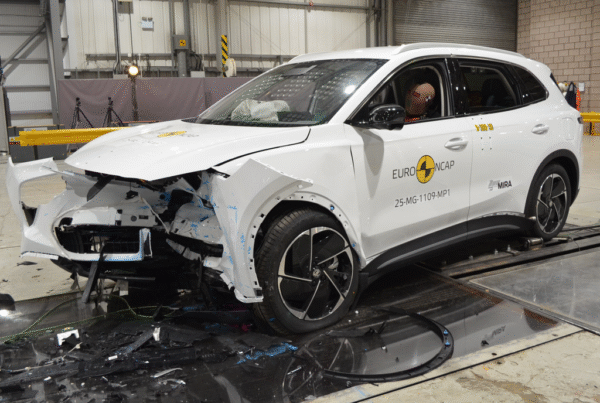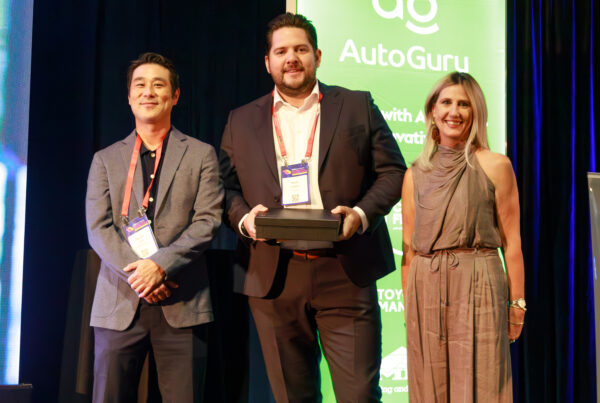When you really think about it, the definition of risk is simply the potential for something to go wrong.
The role of someone in risk management isn’t simply to churn out 200-page policy documents or to compile overtly complicated OH&S procedures that no one will ever read, despite these formal documents certainly having a place. Primarily their role is to keep their employees safe throughout their day at work, so that they can return the following day.
So why is it that so many fleet managers overcomplicate or neglect safety in the mobile workplace? What follows is a balanced plan that can easily be adopted by any fleet operation to safely manage risk and to protect the entire organisation.
As fleet professionals, we need to focus on teaching our employees from the ground level up to try and make genuine changes within the workplace.
Establish the risk
Utilising the right people to develop the purpose, objectives, and scope is vital for any risk management plan. Fleet managers might be able to assemble a team of the most highly skilled risk managers, but if they aren’t suitable for the context of your organisation their efforts will largely be wasted. Work with those that know your fleet needs and the risks that will be associated with your operations.
Identify hazards to describe the risks
Risks can be mitigated by first looking at hazards as the main source of your problems. Poorly serviced brakes on your fleet vehicles would be seen as a hazard that could lead to the risk of one of your employees being in a severe accident. Taking the time to consider all hazards will drastically reduce the number of risks within your fleet.
Translate risks into causation
Once you have considered the number of risks, fleet managers need to consider the probability of occurrence and to anticipate the consequences. What are the chances that your fleet vehicles will get damaged given they are parked in narrow car parking spaces? How much is that downtime affecting your operation’s overall productivity?
Select and implement treatments
Your organisation should be aiming to change your overall risk position to a status of ALARP – as low as reasonably possible. Implementing global procedures such as mandatory safe driver training, purchasing safer vehicles and encouraging employee buy-in to your fleet operations can have a drastic effect in minimising risk.
On the whole, workplace risk is mitigated by a systematic approach to putting barriers in place to stop occurrence and/or to reduce consequence. Whether you are working in fleet management directly or handling other forms of risk management there is no simpler way to improve the safety of your organisation.


















